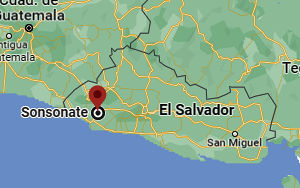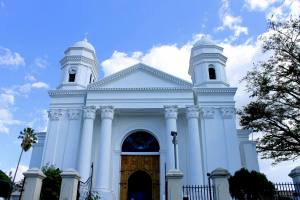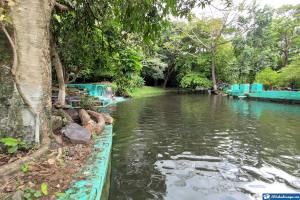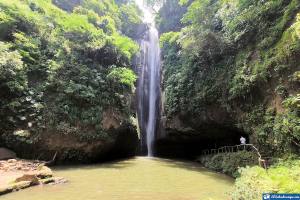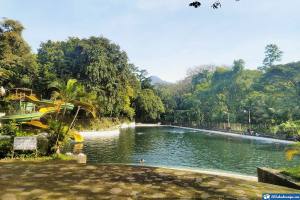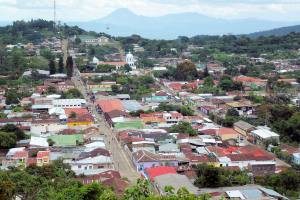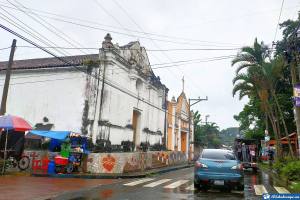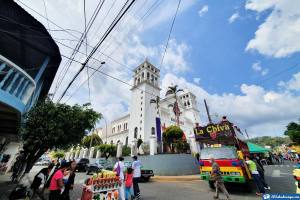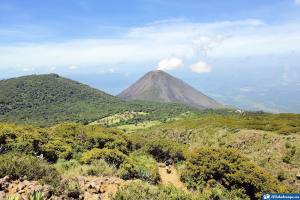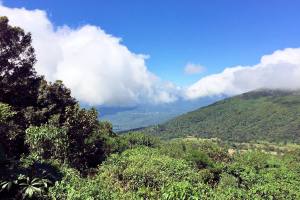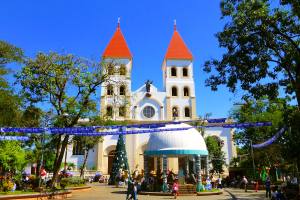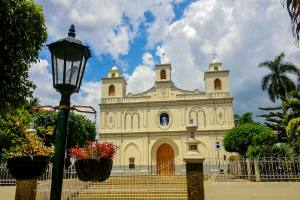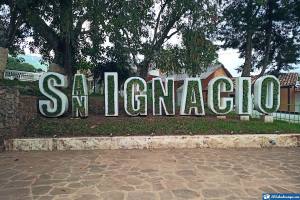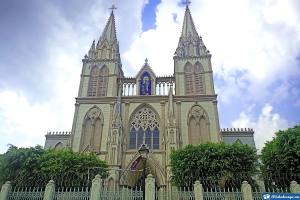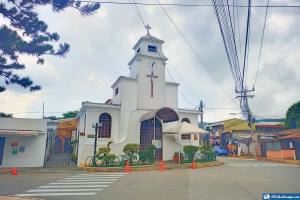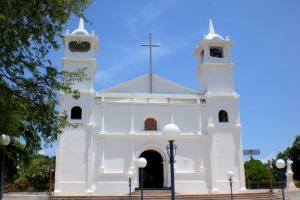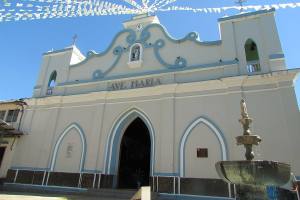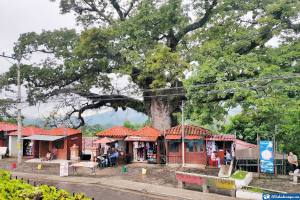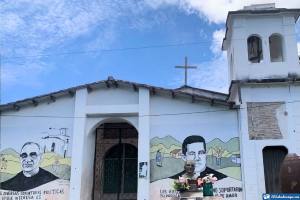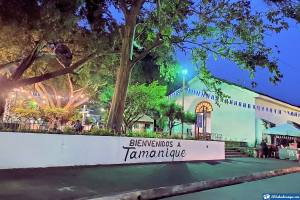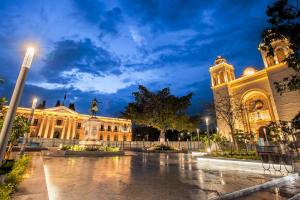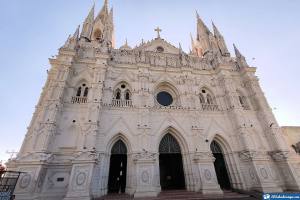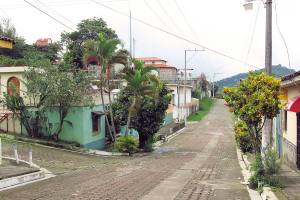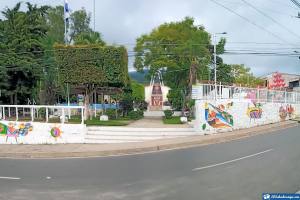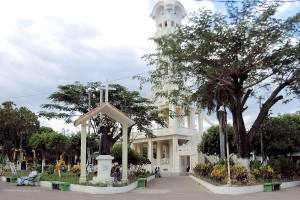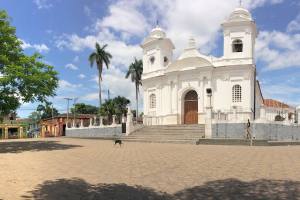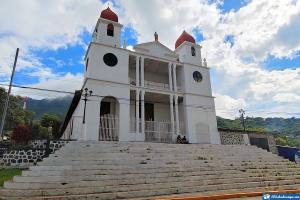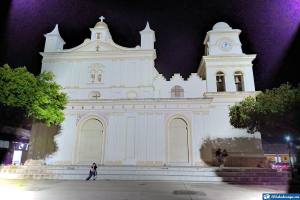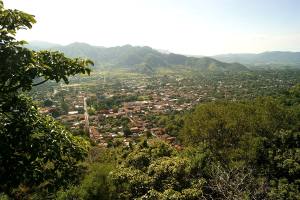Sonsonate, the capital of the department of Sonsonate, is a town where it can feel its streets’ beauty and the warmth of its inhabitants on every corner. But among all, the most impressive are its beaches and rivers that bathe its surroundings to present incredible natural landscapes.
The town of Sonsonate, without a doubt, is a tourist destination you can not miss to visit and know in the company of your loved ones. What can you do or what activities to choose? Find out more about this and more below.
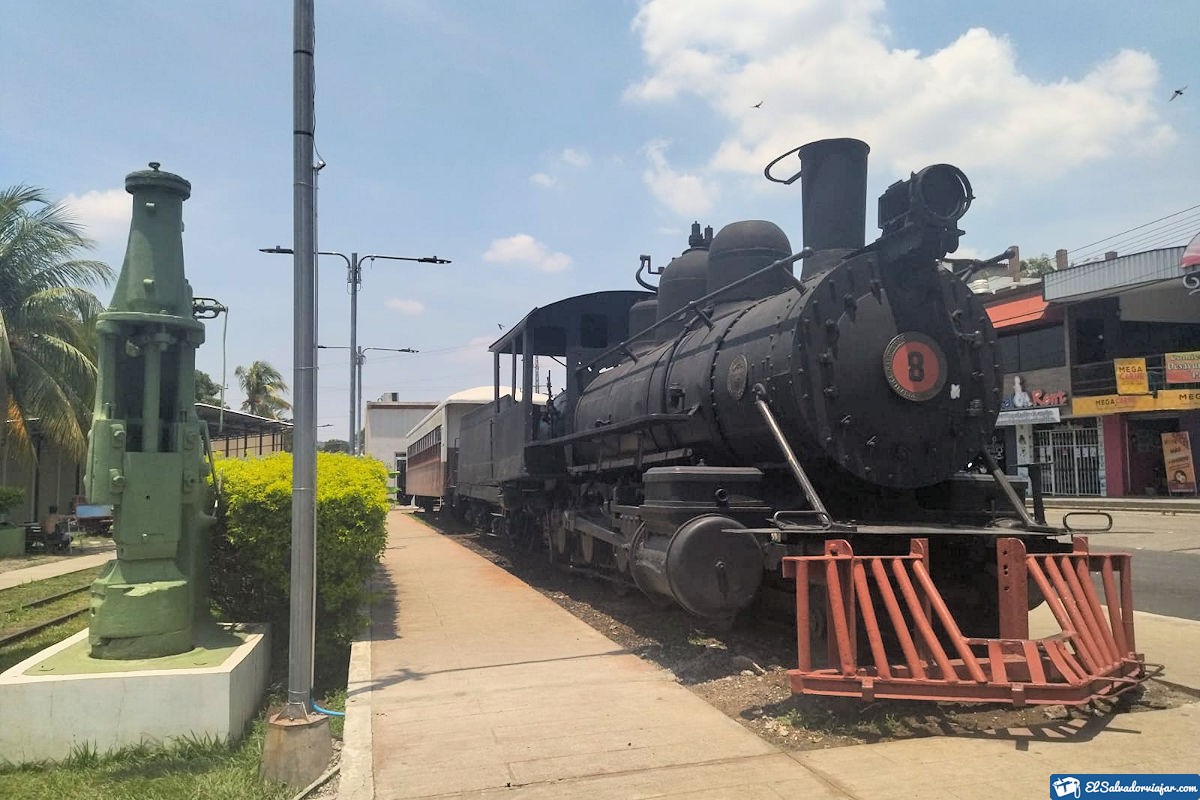
SONSONATE - Villages of El Salvador. Photo by ElSalvadorViajar.
Data from Sonsonate
| Country: | El Salvador |
|---|---|
| Category: | Villages |
| Department: | Sonsonate |
| Elevation: | 246m |
| Surface: | 232,5 km² |
| Population: | 72.951 |
What to see and visit in Sonsonate
The first thing you can do when you arrive in Sonsonate is to enjoy the incredible beauty of its streets. This city has always been an absolute reference to the colonial architecture of El Salvador.
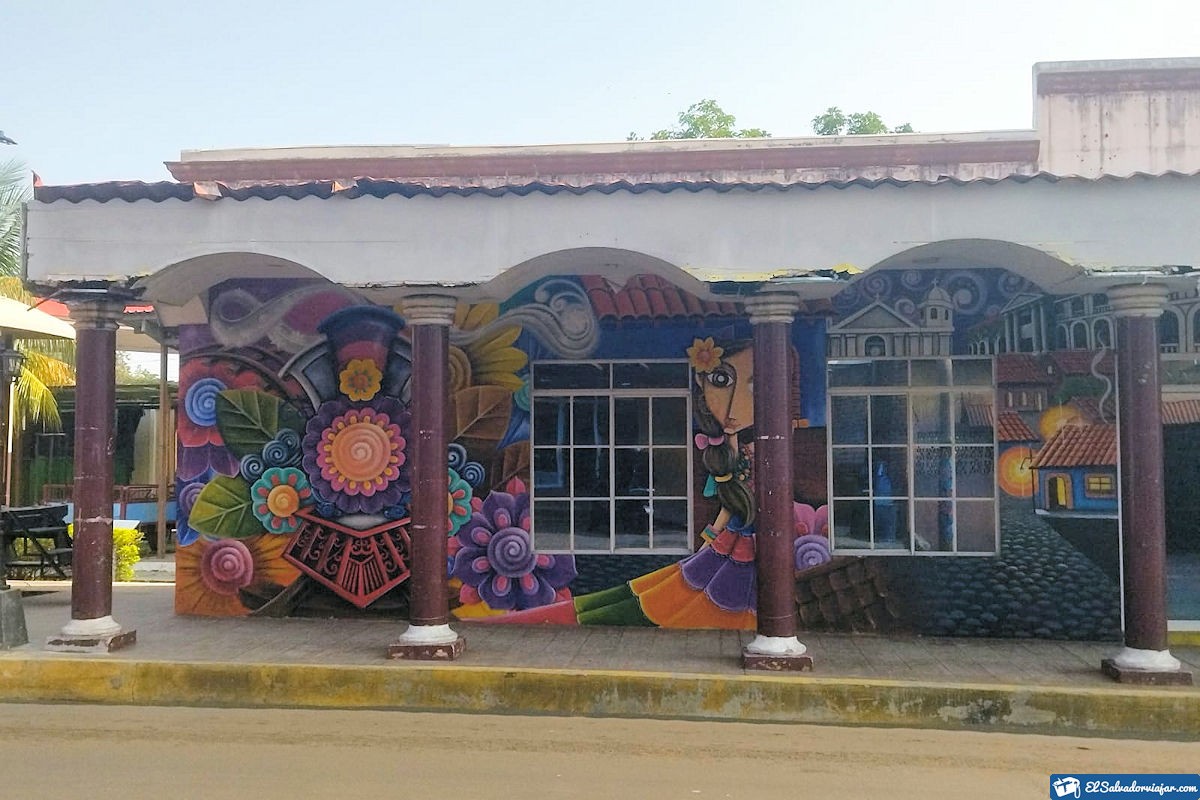
So nothing better than starting with a rural tour to know some of the most important monuments of the region. Starting at the Cathedral of the Holy Trinity, built in the mid-nineteenth century and was named a parish in 1887.
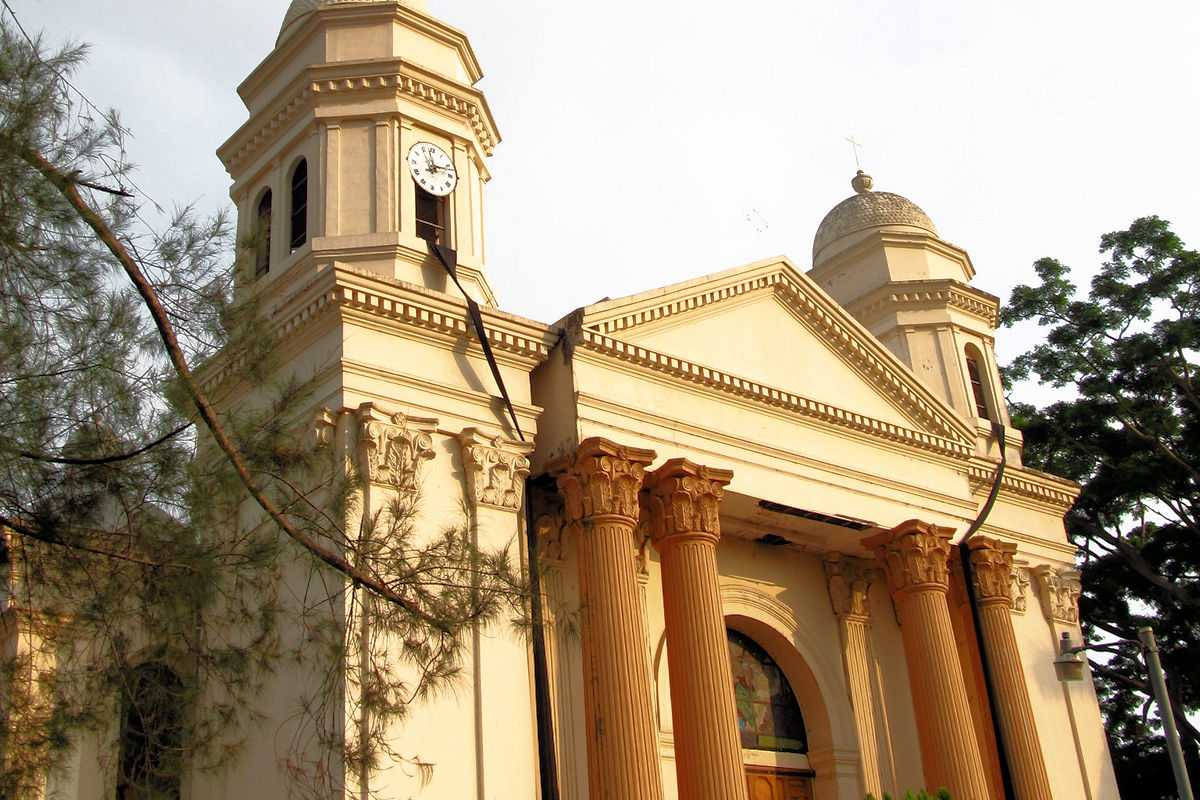
100 year later, Pope John Paul II named it the seat of the Diocese of Sonsonate, and since then, it has acquired the distinction of Cathedral. On one side is Rafael Campo Park, the central point of the old part of the city. At the same time, it is surrounded by the most iconic historical colonial buildings.
Another important temple for the religiosity of the city of Sonsonate is the Parroquia El Pilar, built between 1732 and 1840. At first glance, you can distinguish the baroque style with which it was designed, its facade, and the two towers where the bell towers are located.
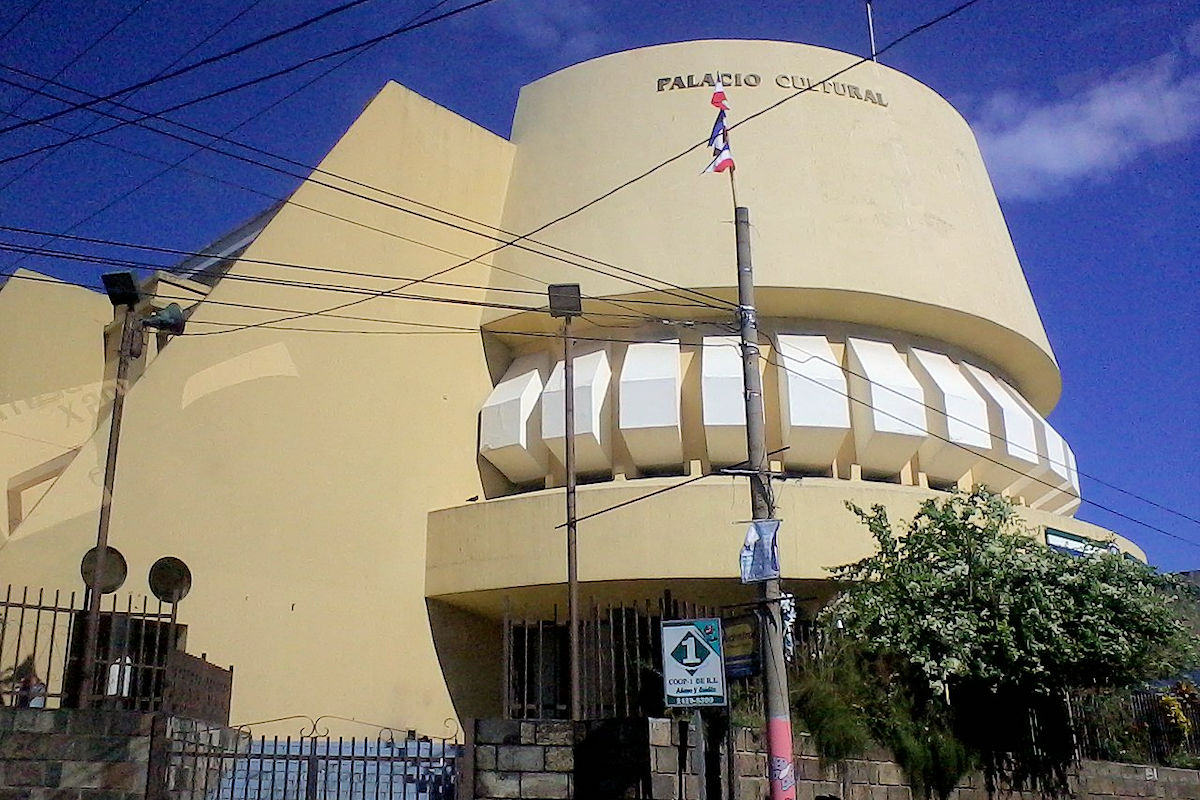
The temple is located in Barrio El Pilar, where you can travel back to colonial times. Here you can also find the Templo de Santo Domingo, which was formerly the seat of the Parroquia El Angel until it was moved in 1572 by the Dominicans.
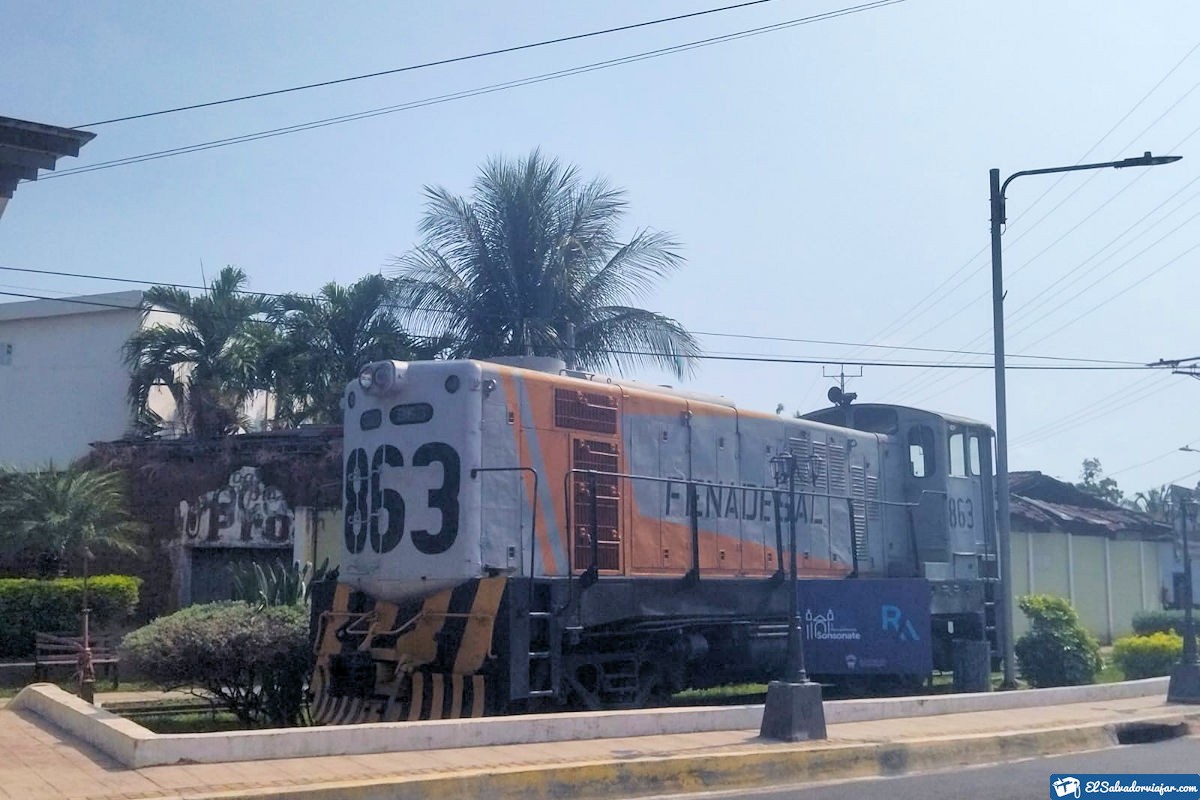
As part of the rural route through Sonsonate, it is impossible not to make a stop at the Plaza Ferroviaria, where the Railway Museum is located and from where you can take a 20-minute ride on the train “Bala Tacuzcalco.”
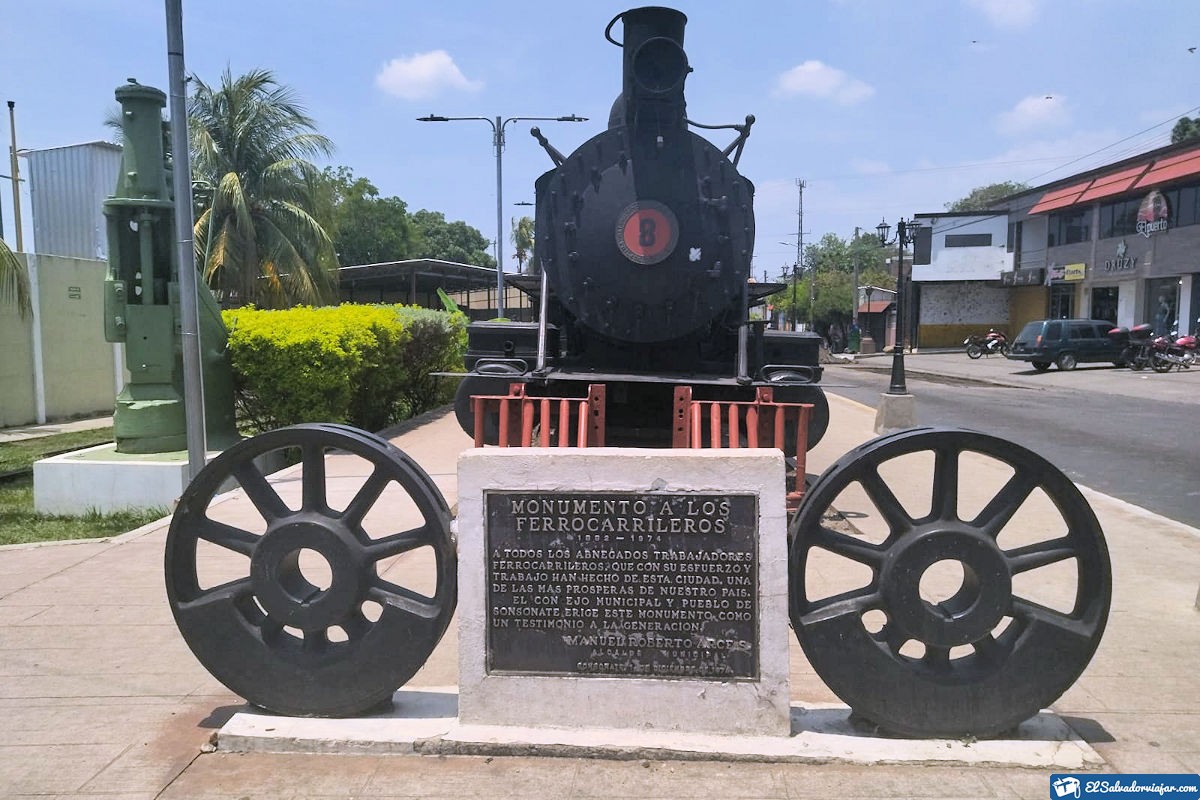
After visiting the most important places in the city of Sonsonate, it is time to take advantage of its natural attractions. Where the highlights are its beaches, starting with Los Cóbanos beach.
This beach is a protected area where you can practice water sports such as snorkeling, beach football, and diving, and if you are lucky, you can see some whales on the horizon. It’s preceded by Barra Ciega, a beach that preserves its virgin aspect. To get there, you must request permission from the locals.
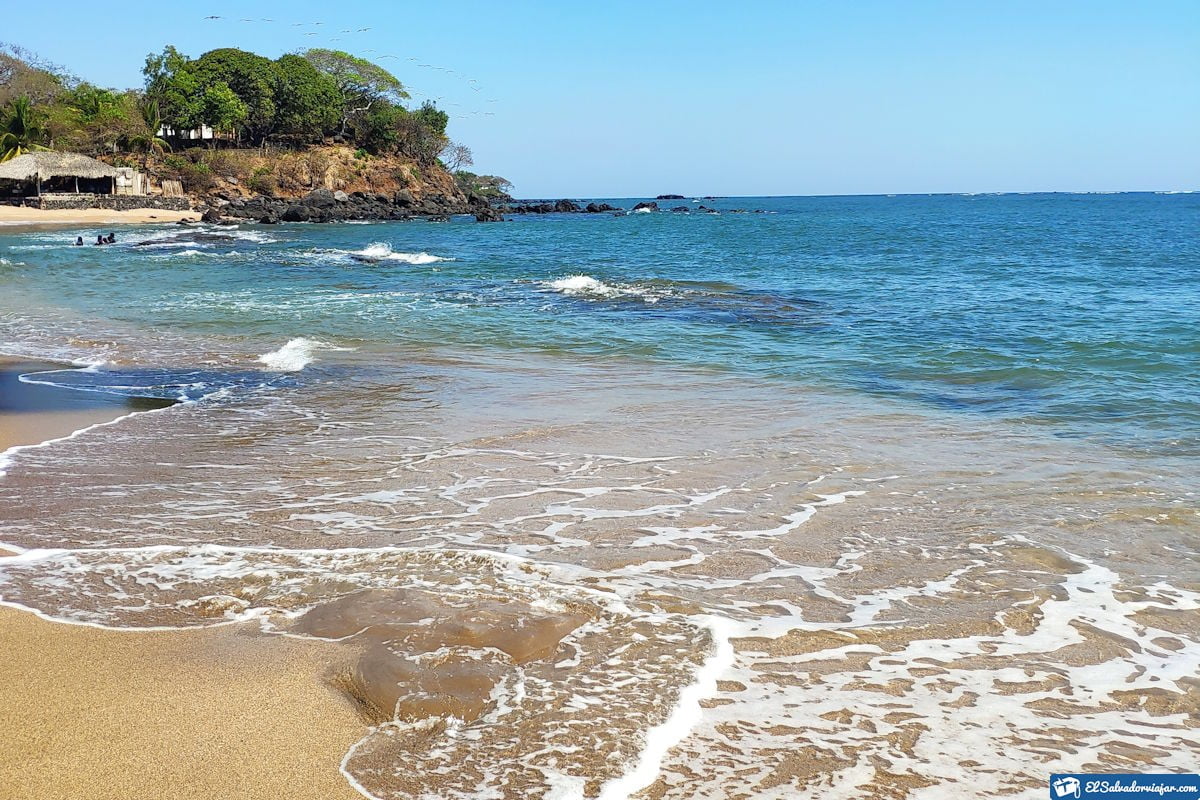
Finally, we find Barra Salada beach, where you can find comfortable inns and other services. Some of the activities you can do are football, volleyball, and fishing.
History and characteristics
“Villa del Espíritu Santo” is what the town of Sonsonate was called after its foundation in 1552, a name that was changed the following year to “Villa de la Santísima Trinidad de Sonsonate.” However, centuries before, the Izalcos’ territory was displaced with the arrival of the settlers.
According to historical data, its name is inspired by the Rio Grande, also known as Sensunat or Sensunapán. Which in Nahuatl means “400 eyes of water”. And it is not for less because, besides the previous one, the rivers Banderas, Chimalapa, Huiscoyol, Las Marías, and Chiquihuat, among others, pass through the town.
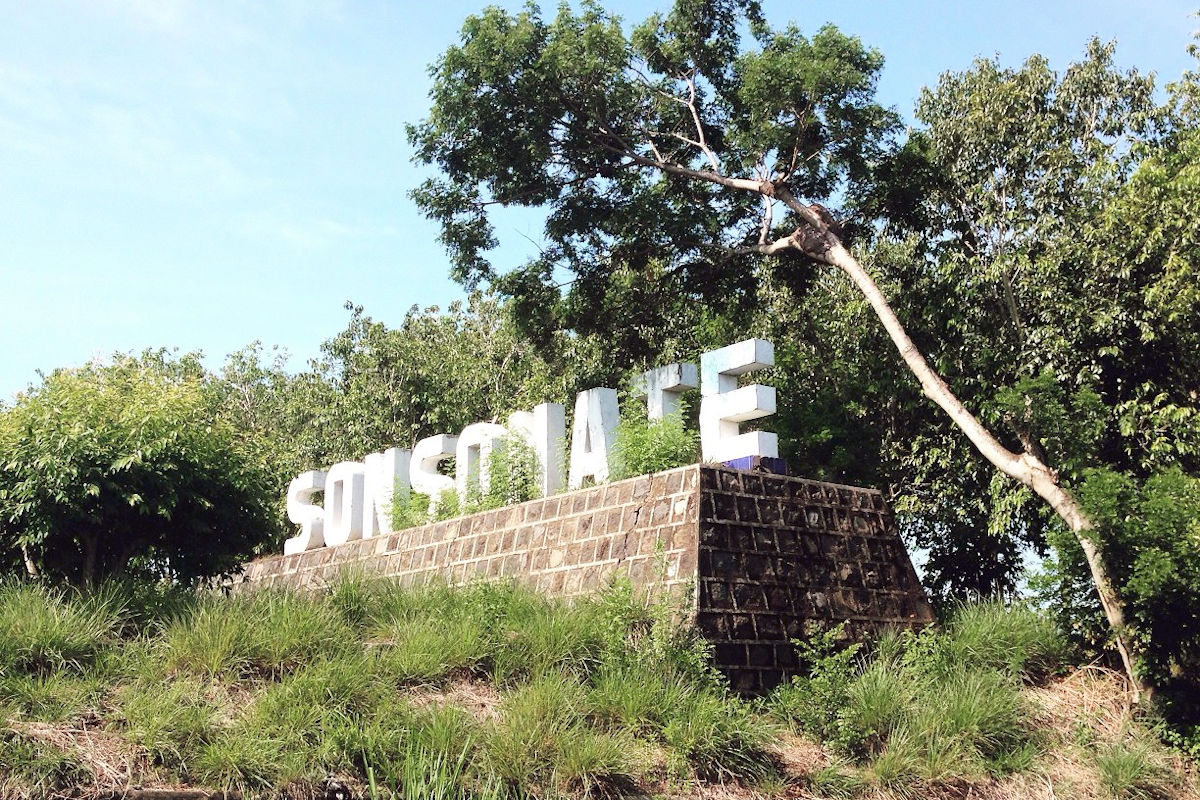
On the other hand, Sonsonate was the third city founded by the colonists, but above all, one of the most inhabited of the time. At the same time, it was the seat of the Mayor’s Office, and by 1821, it was a region belonging to the General Captaincy of Guatemala.
Two years later, those in charge of the government of Sonsonate and the Department of San Salvador agreed on the territories’ union. Thus, the State of El Salvador was born and became the Republic of El Salvador over the years.
Patron saint festivities and gastronomy
The patron saint festivities of Sonsonate revolve around the Candelaria Fair, founded in 1896 by presidential decree. This festival commemorates the Virgin of Candelaria between January 25 and February 2.
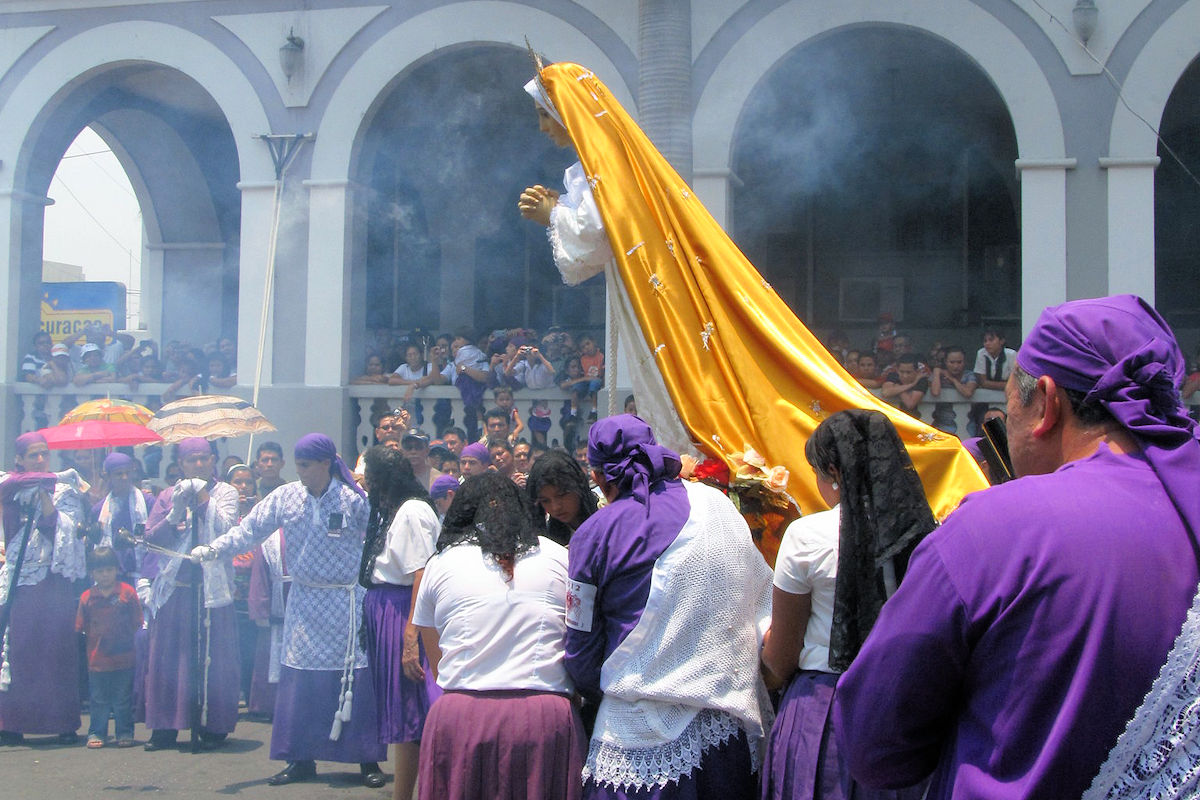
As part of the celebration, the people perform religious acts, allegorical parades, the “Cabalgata Artística,” where national and international musicians perform, and the great “Verbena Sonsonateca.”
Although any time of the year is ideal for enjoying the gastronomic delicacies of the city, during the fair, you can enjoy the most emblematic dishes of the region. Ypu can eat the tayuyo, a corn leaf; ticucos, yucca tamales, chichaguillas, rice baptism. And the famous fermented chicha is made from various fruits.
Nearby places to visit
If you like everything that the town of Sonsonate offers, we invite you to visit some nearby destinations. For example, the Route of the Flowers, where you can see the most colorful cities of the departments of Ahuachapán and Sonsonate. Among them, you can visit Ataco, Apaneca, and Salcoatitán.
When you get to Juayúa, you can take a detour to the Chorros de la Calera, a favorite destination for ecotourism lovers. This place, surrounded by forest and nature, is part of the Route of the 7 Waterfalls of El Salvador. Undoubtedly, an essential stop to end your vacation.
